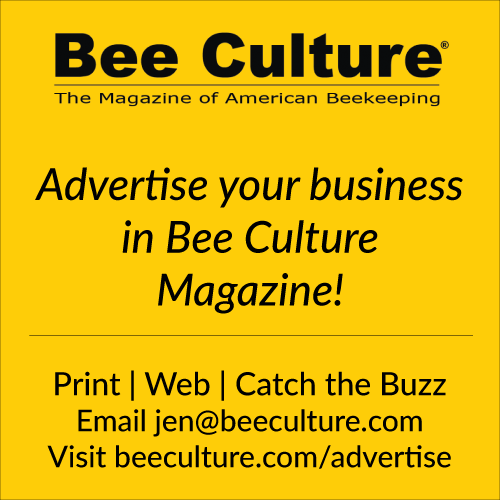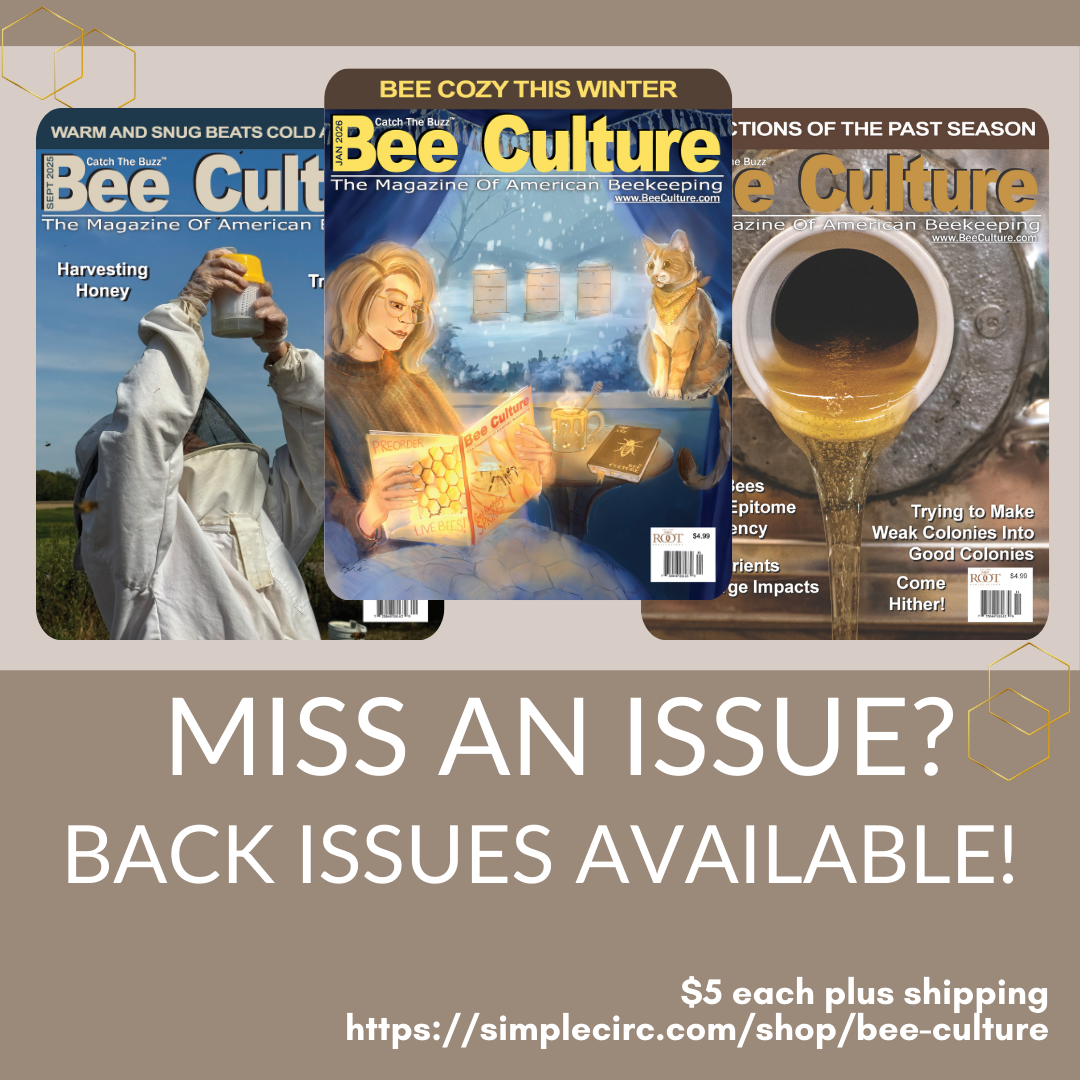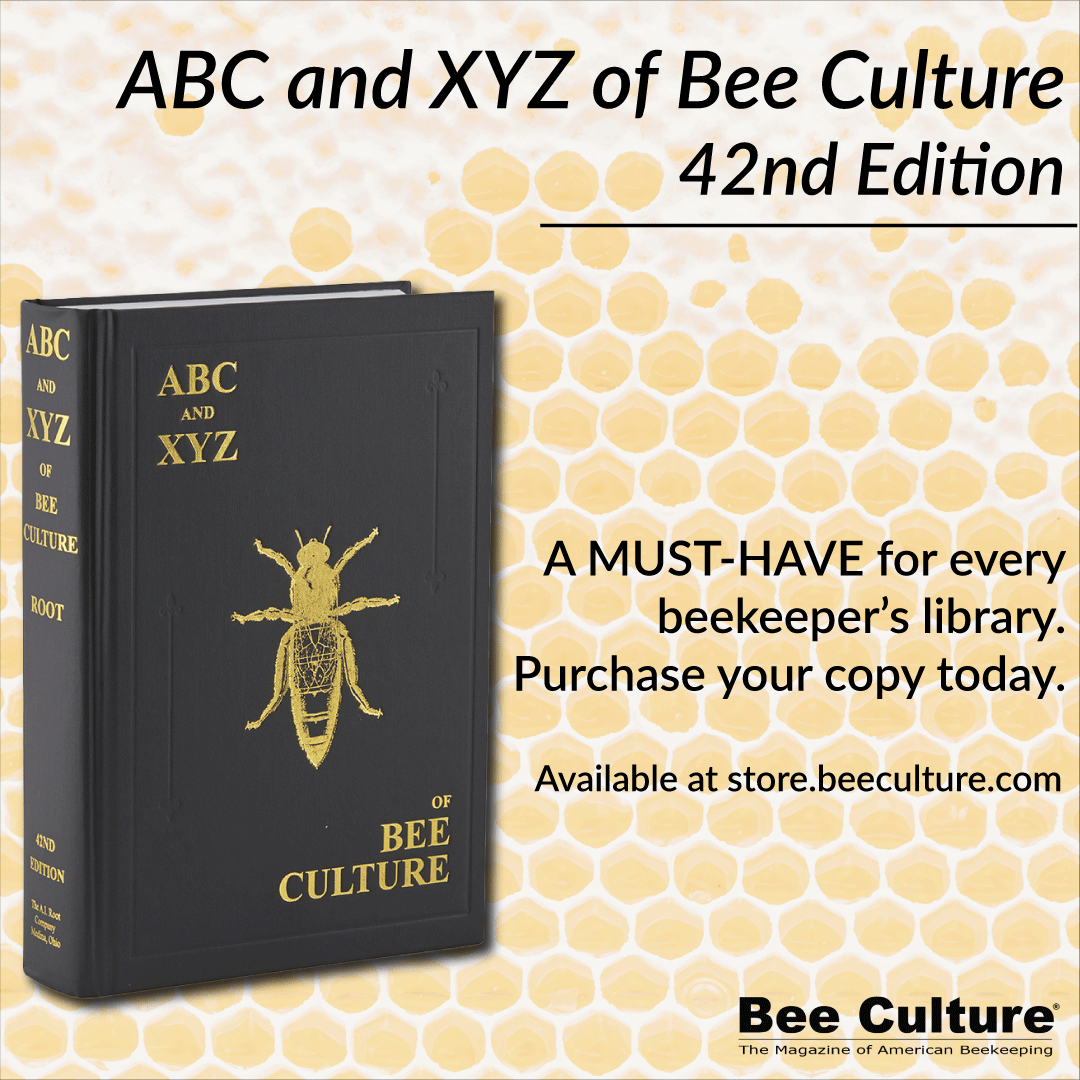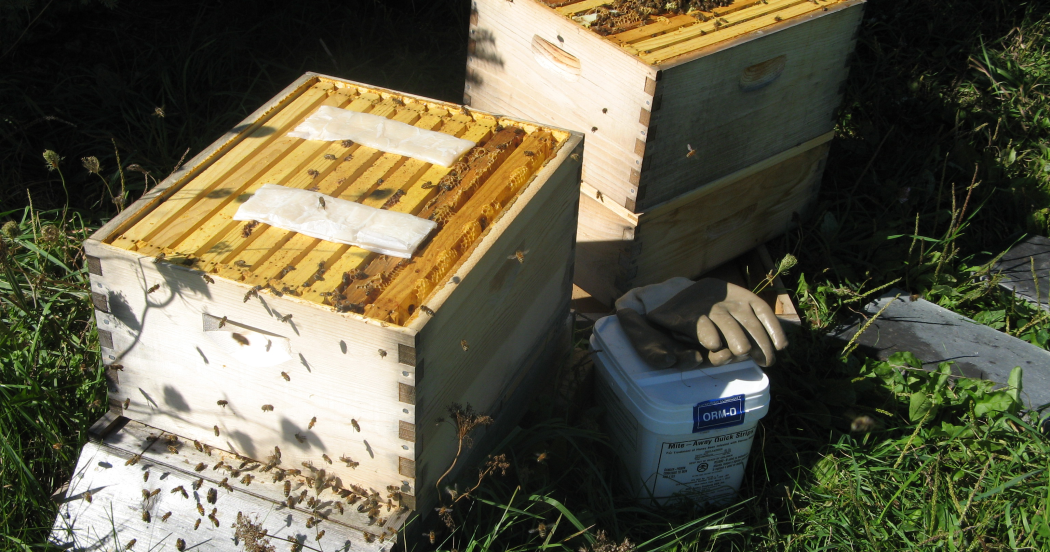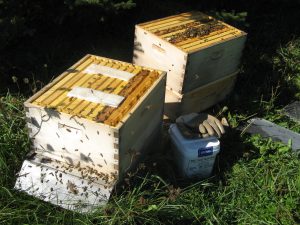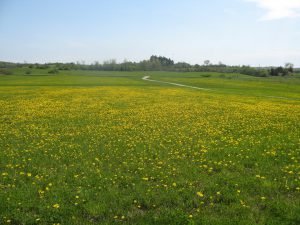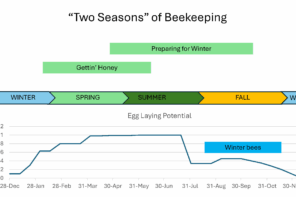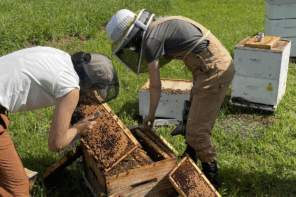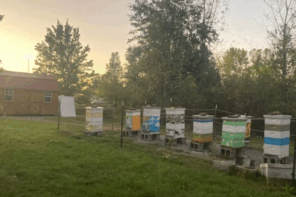Click Here if you listened. We’d love to know what you think. There is even a spot for feedback!
Read along below!
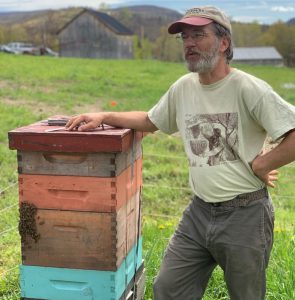
Maximizing Honey Yields
A Review of Factors Impacting the Size of Your Honey Harvest
– Some Things You Have Control Over and Some Things You Don’t
By: Ross Conrad
The primary product of beekeeping is pollination. Sometimes pollination services are planned and paid for, but most of the time they are provided free of charge to the land owners, farms and wild places surrounding our apiaries. Honey is the main byproduct of pollination. No matter what your level of honey production this year, there are three primary areas that all must come together in order for a harvest to materialize: hive management, local conditions and processing of the crop.
Hive management is the area that most beekeepers focus on and where they are able to exhibit a significant amount of control. One of the biggest factors that help predict a future bumper crop is a colony that is strong and healthy before a major nectar flow starts. For those of us in the northern tier of United States this means that diseases and mites are all under control in Autumn, well before Winter sets in, so that the colony can raise the healthy Winter bees that are needed to carry the colony through until Spring.
Strong colonies in Spring also require that exposure to toxic pesticide residues have been mitigated to the greatest extent possible so as not too big a drag on the hive’s health and vitality. In addition to considering the pesticide exposure around the area of the apiary, beekeepers can help keep toxic residues low by being prudent in their choice of mite treatments and by regularly rotating out old combs that build up chemical residues in their hives.
The biggest threat to a large honey harvest, quite literally, are bears. Making sure that your apiary is protected from roving bruins is important since they can destroy the bees and equipment along with the honey crop.
Aside on electric fences – .8 joules well grounded – Lincoln Sennet co-owner of swans honey spoke at 2023 VBA Summer meeting
Due to the significant investment of honey that is required to produce beeswax, having plenty of drawn comb available is another important aspect of boosting your honey crop. Not only will all the excess nectar the bees collect go to building the hive’s honey stores rather than building comb, there is no delay in the colony’s ability to begin storing and processing the nectar into honey.
Swarm prevention has long been recognized as an important aspect of honey production. Reversing the hive and adding additional honey supers all in a timely manner can help keep half the colony’s workforce from abandoning your apiary and taking up residence somewhere else.
Staying focused on honey production is also critical for maximizing your harvest. Splitting your hives in order to create new colonies (basically creating an artificial swarm) or using colonies to trap and produce pollen are guaranteed ways to reduce the amount of honey the bees will store during the season.
Beekeepers can slightly increase the storage potential in their honey supers and help maximize their honey harvest by using eight frames of drawn comb evenly spaced in each 10-frame super, or seven frames in an 8-frame super. It is counter-intuitive, but a colony will be able to store anywhere from about three-five% more honey in a box with fewer frames rather than one that is full because there are fewer pieces of wood (frame parts) and less bee space(s) between the combs taking up room, reducing the amount of space the bees have to store honey. This also helps to use equipment more efficiently since four 10-frame supers, or seven 8-frame supers, will yield an additional honey super at a fraction of the cost.
Prevailing local conditions are the wildcard effecting honey production that we beekeepers have the least control over. Ideally bees will be located in an area where they will have access to lots of blooming plants through as much of the season as possible. This means that valley locations where many farms are located are typically better than forested mountain regions where blossoming trees and shrubs only bloom for about two weeks a year. Rural areas will also tend to be more productive than urban or suburban locations where there is more human development that crowds out wild areas the bees could otherwise use for foraging.
This also means that the total number of hives maintained in an area (both yours and others) is not so numerous that it overwhelms the ability of the available local plants to provide adequate forage for all the colonies in the vicinity. A lack of competition is why many of the early adopters of urban beekeeping experienced large honey harvests which dwindled over the years as more and more people in the city became beekeepers and maxed out the available nectar sources.
Avoiding areas where pesticide use is high can help improve honey yields. Not only do herbicides reduce the amount of available forage as a matter of course, but hive exposure through drifting or residue contamination can act as a serious drag on colony health as mentioned above. Last year, researchers from Penn State published in Environmental Research Letters a paper that found decreased proximity to commercial soybean plantings and increased proximity to Conservation Reserve Program land, a national conservation program that supports pollinators, both resulted in positive effects on honey yields.
One of the most important elements impacting honey yields are the local weather conditions, with adequate rainfall being the critical deciding factor in whether the honey harvest will be reasonably abundant or relatively meager in a given year.
Another important influence on the honey harvest is the quality of the soil in the area of the apiary. Not only do soils need to be highly productive and full of nutrients to help plants grow abundantly, the ability of the soils physical, chemical and biological properties to support crops and plant growth are also of great consequence if higher honey yields are the goal.
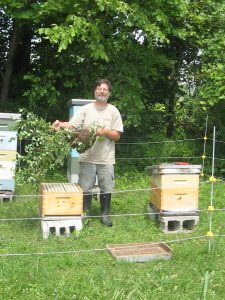
While the time and effort it takes to actually prevent swarming is seldom worth the effort, easy steps taken to delay and discourage swarming such as timely supering and reversing hives in Spring to keep the colony from feeling over-crowded, can go a long way to realizing a large honey crop.
The processing techniques used during the honey harvesting and extracting processes are where beekeepers have complete control. Due to the relatively fast rate at which wax moth and small hive beetle eggs can hatch it is important to extract honey supers that have been removed from hives promptly to prevent wax worm and SHB damage. It can be heartbreaking to do all the work necessary to reach this final stage of the process only to lose some or all of your honey crop to these opportunistic scavengers.
Putting off the extracting process too long can also lead to your honey crystallizing in the comb, especially when kept in cool storage below 60⁰F (15.5⁰C). Crystallized honey is notoriously hard to remove from the combs during the extracting process and will result in a decreased yields.

Nothing reduces the honey harvest more dramatically than a visit from a bear. A well maintained electric fence with at least .8 joules of power that is well grounded can go a long way to realizing a successful honey harvest.
Ultimately, it is best to wait until all your extracting equipment is set up and coordinate the time available to extract your supers so it coincides with when you pull honey off hives. Making sure your honey extractor is sized appropriately for the amount of honey you intend to harvest is also important for fast processing of the honey crop. Some beekeepers that extract large amounts of honey will use two extractors so that while the first one is spinning out a load of honey, they can be working on filling the second extractor. This way there is minimal down time in the work flow and you’re not sitting around waiting for frames to finish extracting before more progress can be made.
Another potential bottle neck in the extracting process can be a honey filter or sieve. Filters and sieves require periodic cleaning which can severely slow the extracting process. At some point a growing apiary will need to consider diverting all extracted honey into a holding tank where it can settle so all the bits of wax, propolis, pollen, etc., float to the top of the tank, allowing the relatively clean honey to be drawn off from the bottom.
Due to its viscosity, honey is silent when it overflows and spills all over the place. Failing to keep a close eye on tanks, barrels and buckets when filling them can lead to a large amount of honey being lost in a surprisingly short period of time.
Finally, coming full circle, the honey harvest should be timed so that any necessary mite treatments can be carried out effectively before the colony is raising the Winter bees that are so necessary for successful overwintering. This sets the hive up to be strong and ready for the first nectar flows of Spring and positions the colony to be at maximum strength to take full advantage of next year’s nectar flows.

This 10-frame super contained eight evenly spaced combs encouraging the bees to draw out fat combs that are significantly wider than the frame’s top bars. Not only does this make uncapping easier during the extracting process, it allows the bees to store a bit more honey in the super than would otherwise be the case if the box had held ten frames.
Given the large variety of factors that go into a successful honey harvest, it is a small miracle when all the moving parts align due to a combination of luck, careful planning, hard work, and skill, resulting in one of the finest sweeteners nature has to offer. Here’s hoping your harvest goes well this season.
Ross Conrad is a beekeeper living in Middlebury, Vermont. Ross endeavors to manage his bees in as an environmentally sustainable way as possible and works to share natural/organic beekeeping techniques with others through his writings, workshops, mentoring, and classes.

